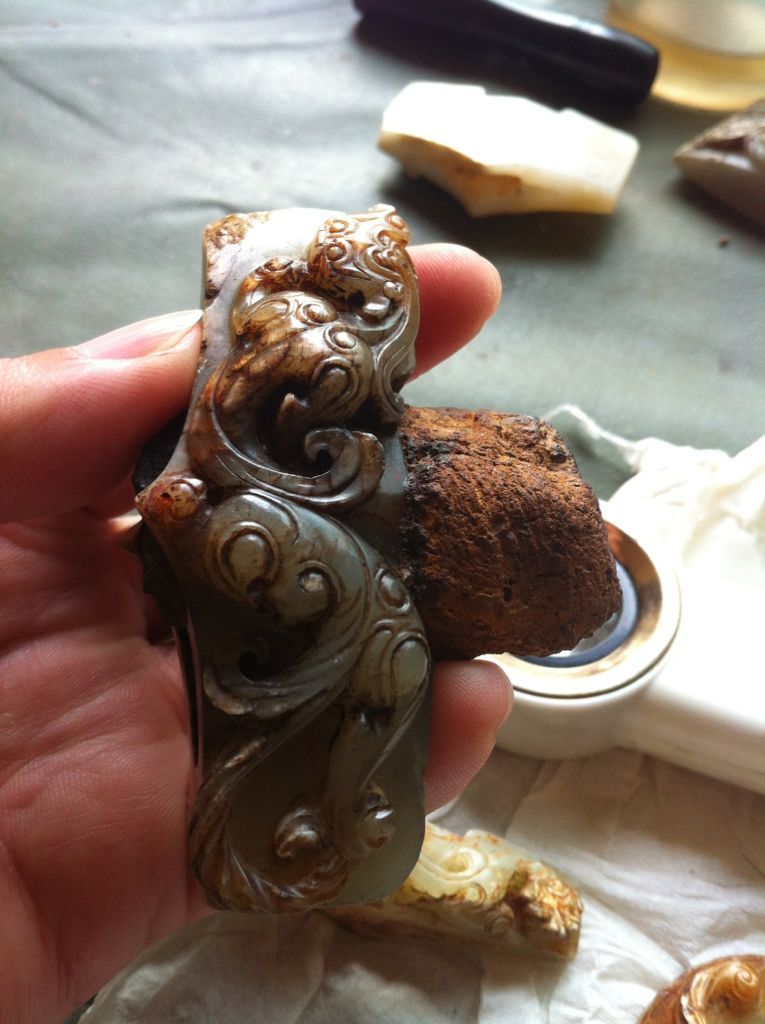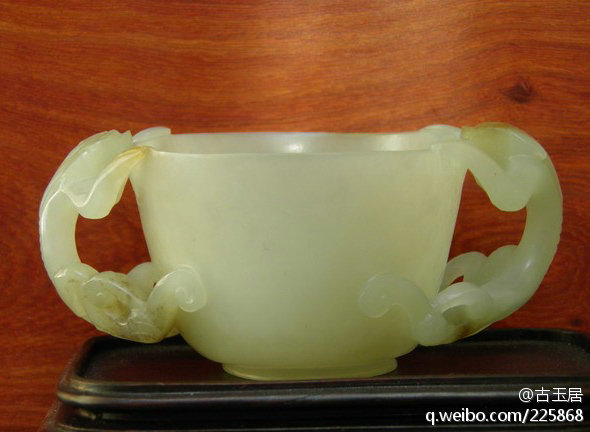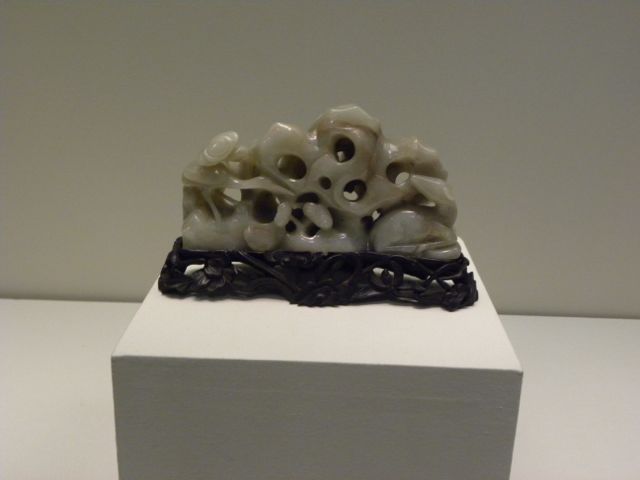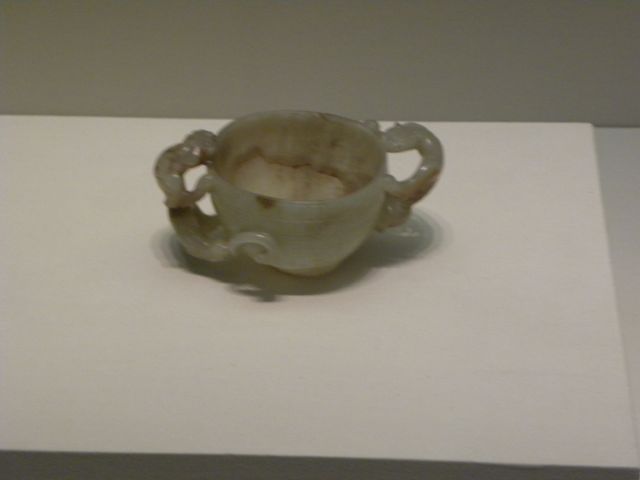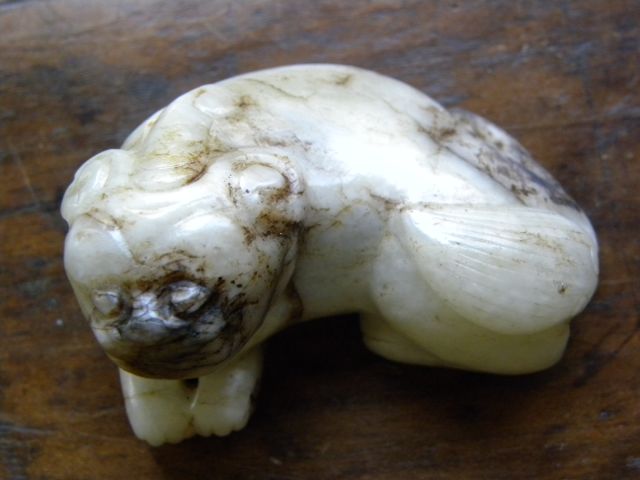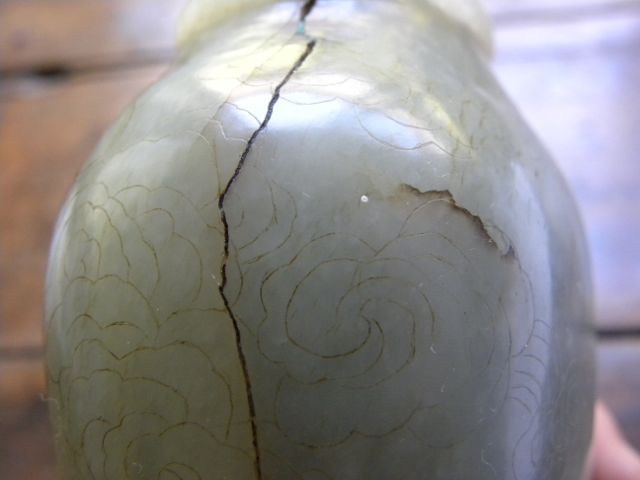
|
Subject:Re: Some Chinese Jade Pieces
Posted By: adam Mon, Nov 12, 2012
1)The sword guard is carved in the han style but appears to be iron bladed(by the appearance of the corrosion), although iron edged (and aerodosite) blades were made by the Han (and earlier), it doesnt sit right with me, could be Song , Ming or modern reproduction (would need a close look)
2) is in a style used by the Song and Ming but the material looks wrong and far too new, I would say last 100 years or so..
3) Shape is wrong for a true cong!! that is the most obvious fault... Although the piece also looks like its made of Burmese Jadeite (18th century +)Although I have seen Nephrite take on that mint green colouration from burial next to copper. The whole body colour however makes me think it is burmese jadeite too... So Qing dynasty onwards, Would need a closer look to say whether 18/ 19/ 20th century.
|
 Some Chinese Jade Pieces
Some Chinese Jade Pieces  ( China & Japan ) - Dave - Nov 11, 2012 (03:09 AM)
( China & Japan ) - Dave - Nov 11, 2012 (03:09 AM)  Re: Some Chinese Jade Pieces - LEE - Nov 12, 2012 (04:02 AM)
Re: Some Chinese Jade Pieces - LEE - Nov 12, 2012 (04:02 AM)  Re: Some Chinese Jade Pieces
Re: Some Chinese Jade Pieces  - LEE - Nov 12, 2012 (04:30 AM)
- LEE - Nov 12, 2012 (04:30 AM)  Re: Some Chinese Jade Pieces - adam - Nov 12, 2012 (07:48 AM)
Re: Some Chinese Jade Pieces - adam - Nov 12, 2012 (07:48 AM)  Re: Some Chinese Jade Pieces - adam - Nov 13, 2012 (10:34 AM)
Re: Some Chinese Jade Pieces - adam - Nov 13, 2012 (10:34 AM)  Re: Some Chinese Jade Pieces - LEE - Nov 14, 2012 (11:02 PM)
Re: Some Chinese Jade Pieces - LEE - Nov 14, 2012 (11:02 PM)  Re: Some Chinese Jade Pieces
Re: Some Chinese Jade Pieces  - LEE - Nov 19, 2012 (03:32 AM)
- LEE - Nov 19, 2012 (03:32 AM) 